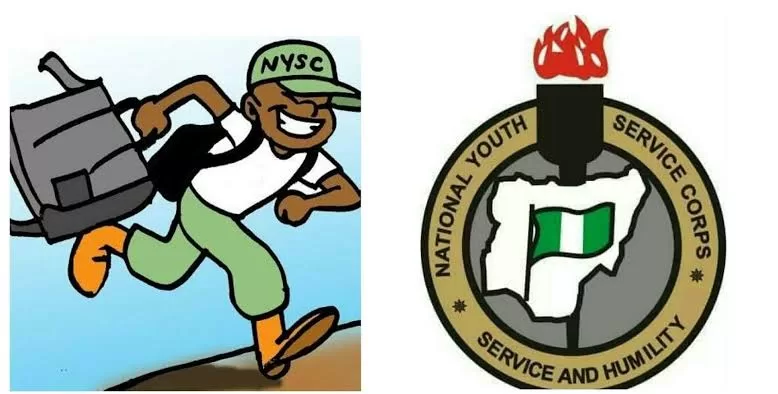- In just a few weeks, a significant milestone awaits the corps members who have been diligently serving their country through the National Youth Service Corps (NYSC) programme.

As the calendar inches closer to October, the month of passing out, many of these young graduates will be preparing to take their next step into the world of work.
Some might have already secured job offers, while others will be eagerly joining the workforce in pursuit of exciting opportunities.
In the quest for employment, one vital tool stands out as a prerequisite: the curriculum vitae, commonly known as a CV.
A well-crafted CV serves as your passport to the job market, an essential document that introduces you to potential employers and sets the stage for your professional journey.
So, if you’re one of the soon-to-be ex-corps members gearing up for the world of work, join us as we navigate the path to constructing a CV that stands out and opens doors to exciting career opportunities.
Step 1: Choose The Right CV Format
Start with a clear and organised format. Use standard fonts (e.g., Arial, Times New Roman) and bullet points for easy reading.
Include sections like contact information, professional summary or objective, work experience, education, skills, and additional sections (e.g., certifications and awards).
Step 2: Contact Information
Begin your CV with your full name, phone number, email address, and location (city and state).
Step 3: Professional Summary/Objective
Write a brief, attention-grabbing statement, highlighting your career goals, key skills, and what you bring to the table.
Tailor this section to match the job you’re applying for.
Step 4: Work Experience
List your work experience in reverse chronological order (most recent job first).
For each job, include the job title, company name, location, and dates of employment.
Describe your responsibilities and achievements using action verbs (e.g., managed, improved, implemented).
Step 5: Education
List your educational qualifications, starting with the most recent degree.
Include the degree earned, institution name, graduation date, and any honors or awards.
Step 6: Skills
Highlight both technical and soft skills relevant to the job. This can include computer skills, languages spoken, and interpersonal skills.
Be specific about your level of proficiency in each skill.
Step 7: Additional Sections
Include any certifications, awards, or achievements that are relevant to the job.You can also add a section for volunteer work, hobbies, or interests if they demonstrate valuable skills or qualities.
Step 8: Tailor Your CV
Customise your CV for each job application. Highlight skills and experiences that match the specific job requirements.
Use keywords from the job description to make your CV more relevant to the employer.
Step 9: Proofread And Edit
Carefully review your CV for spelling and grammar errors.
Ensure consistency in formatting and style throughout the document.
Step 10: Seek Feedback
Ask a friend or mentor to review your CV for feedback and suggestions.
Make any necessary revisions based on their input.
Step 11: Save and Send
Save your CV as a PDF or Word document with a clear file name (e.g., FirstName_LastName_CV.pdf).
When sending your CV to employers, follow their application instructions precisely.
Remember, your CV is your first impression on potential employers, so take your time to create a polished and tailored document.
Not that you CV is not a one-size-fits-all tool for all jobs. Always fashion your CV to suit the job requirement.
Indeed, a well-crafted CV can significantly increase your chances of landing the job you desire. Good luck!
Also read: What To Do When You Are Jobless
